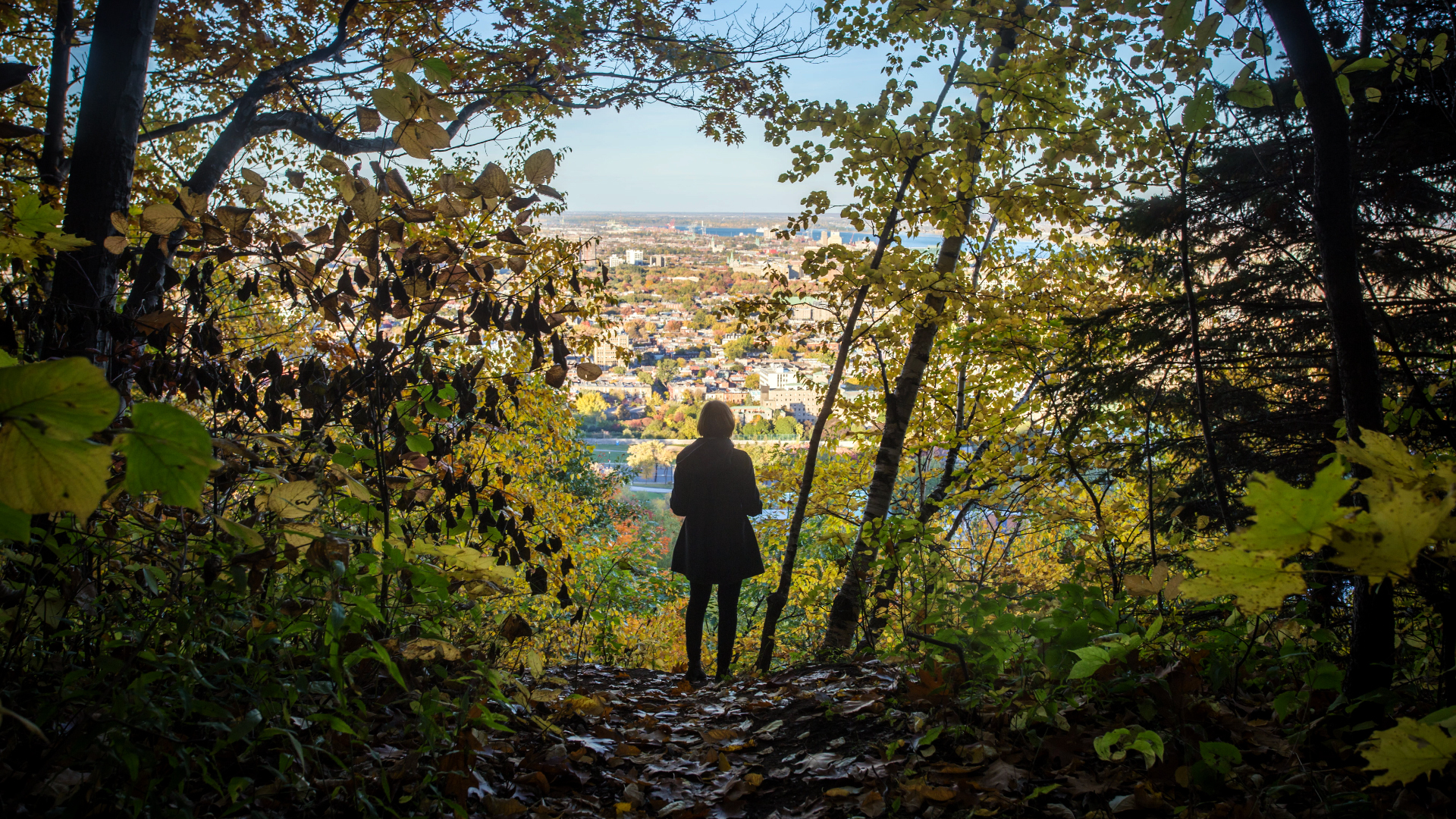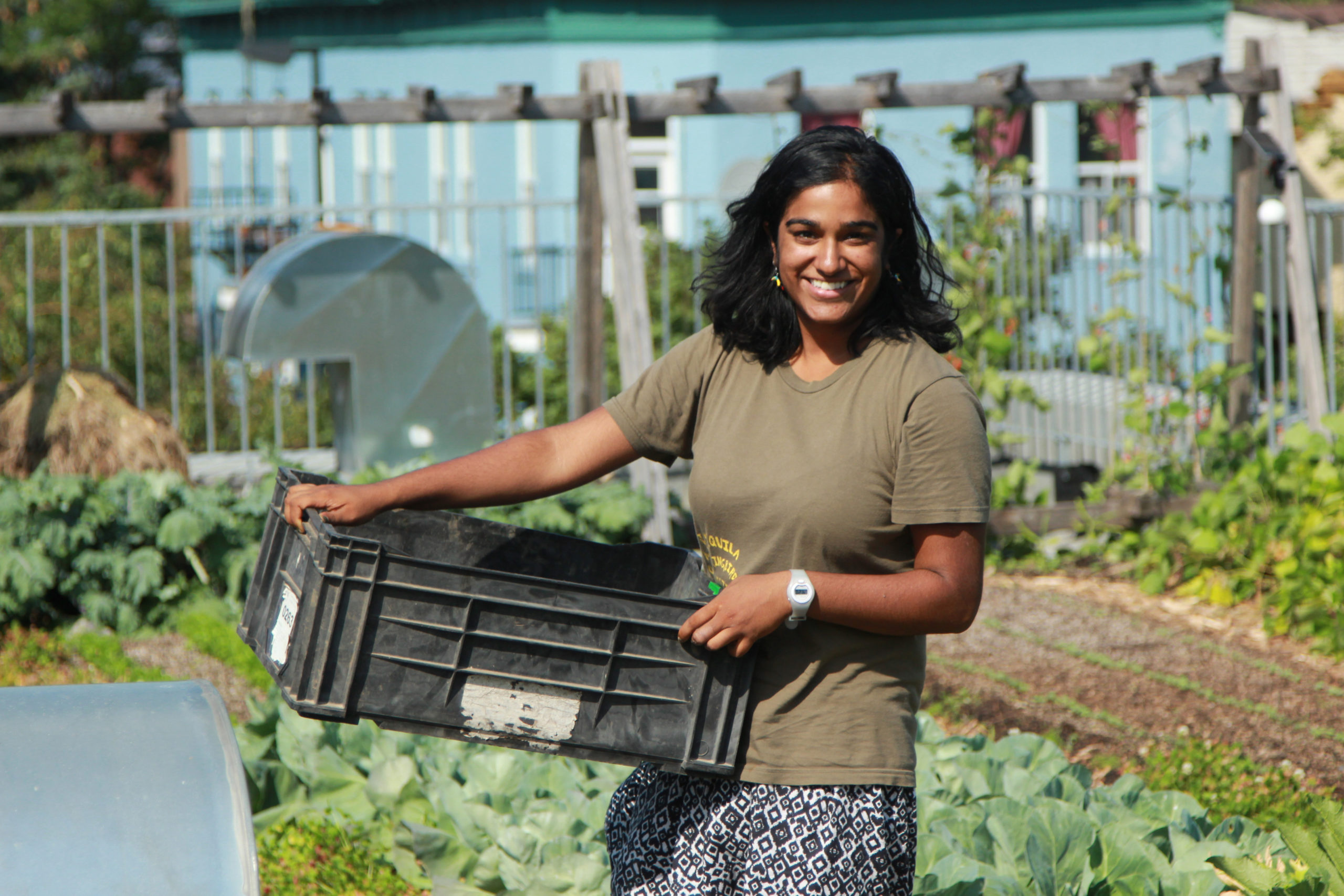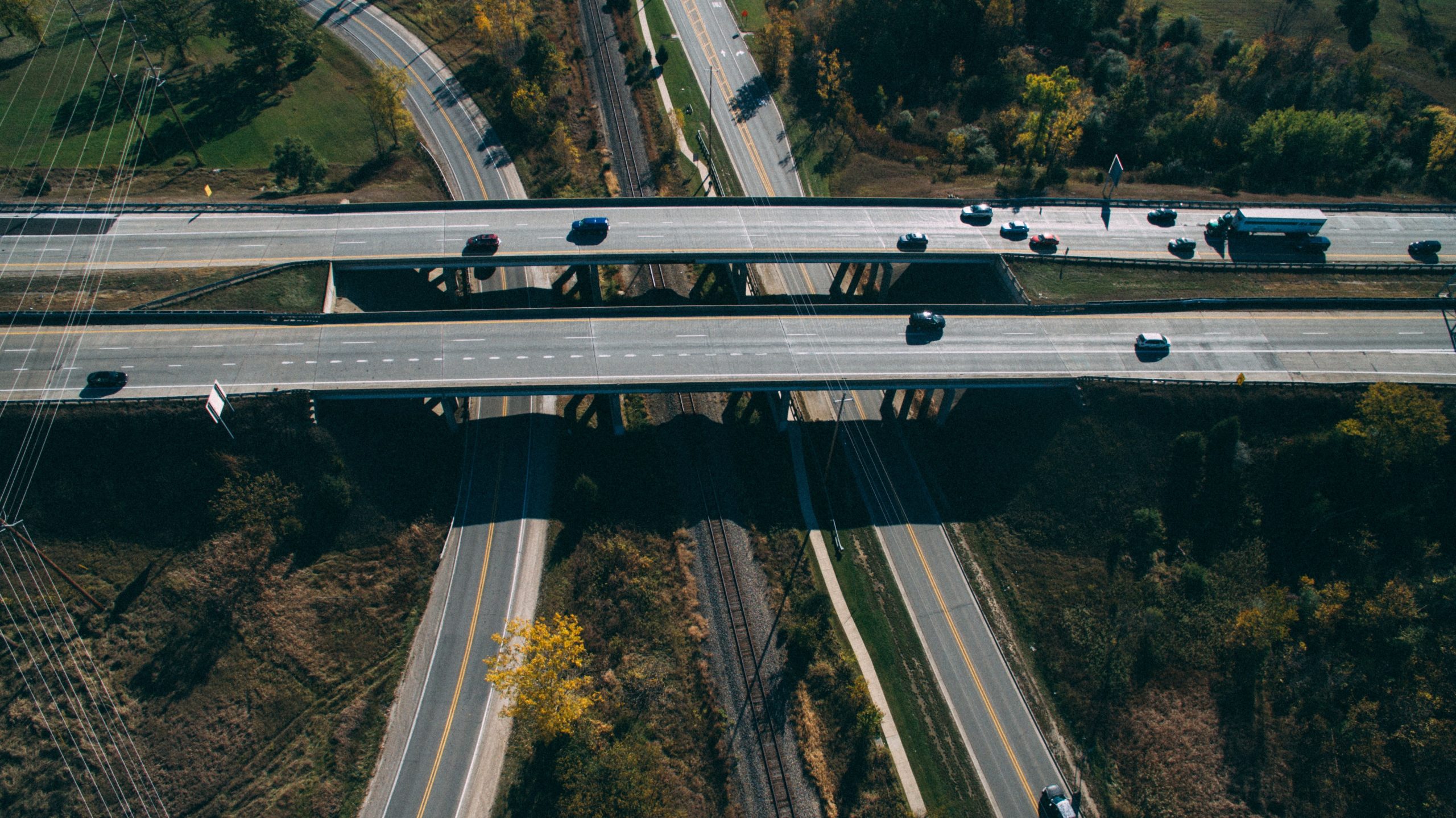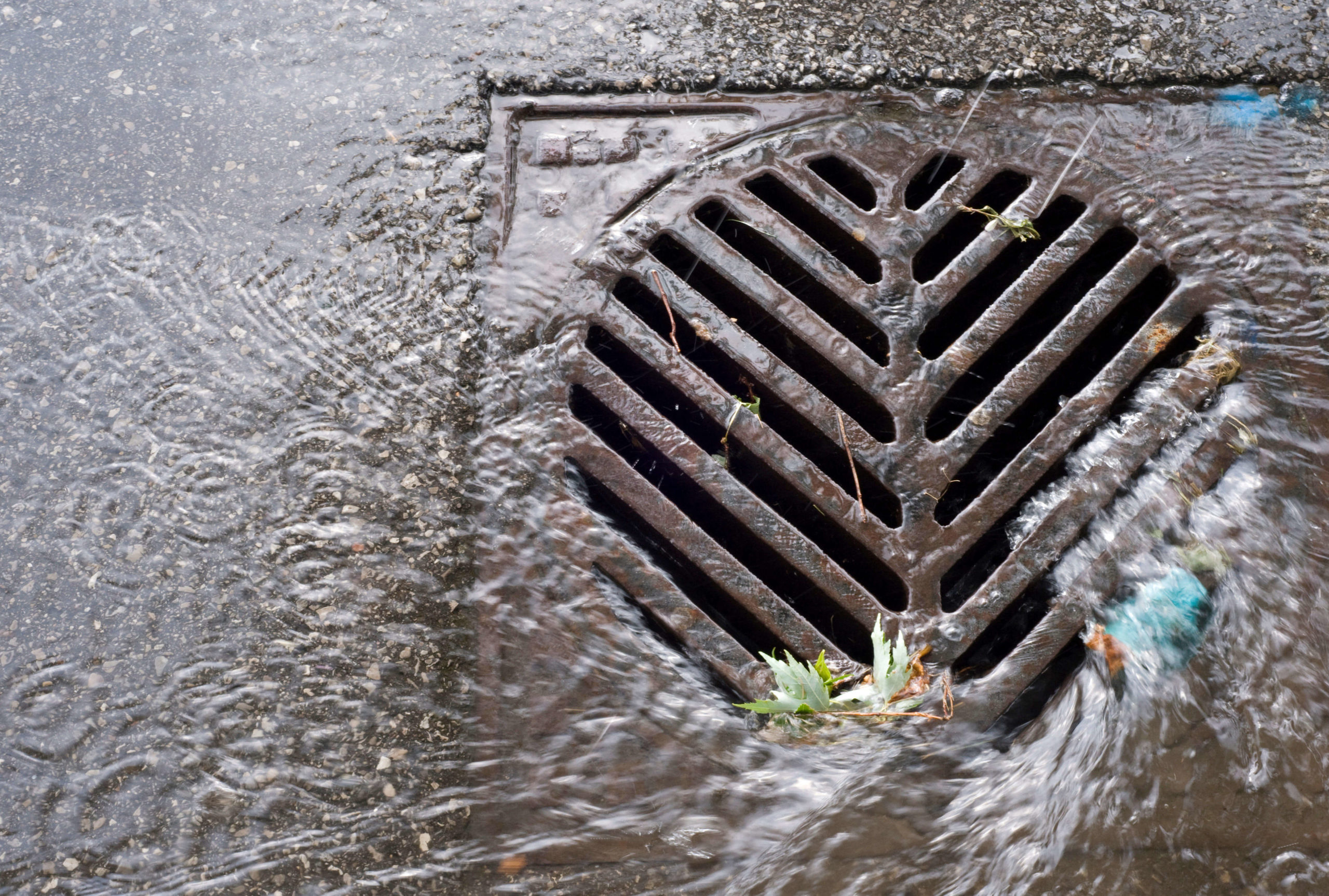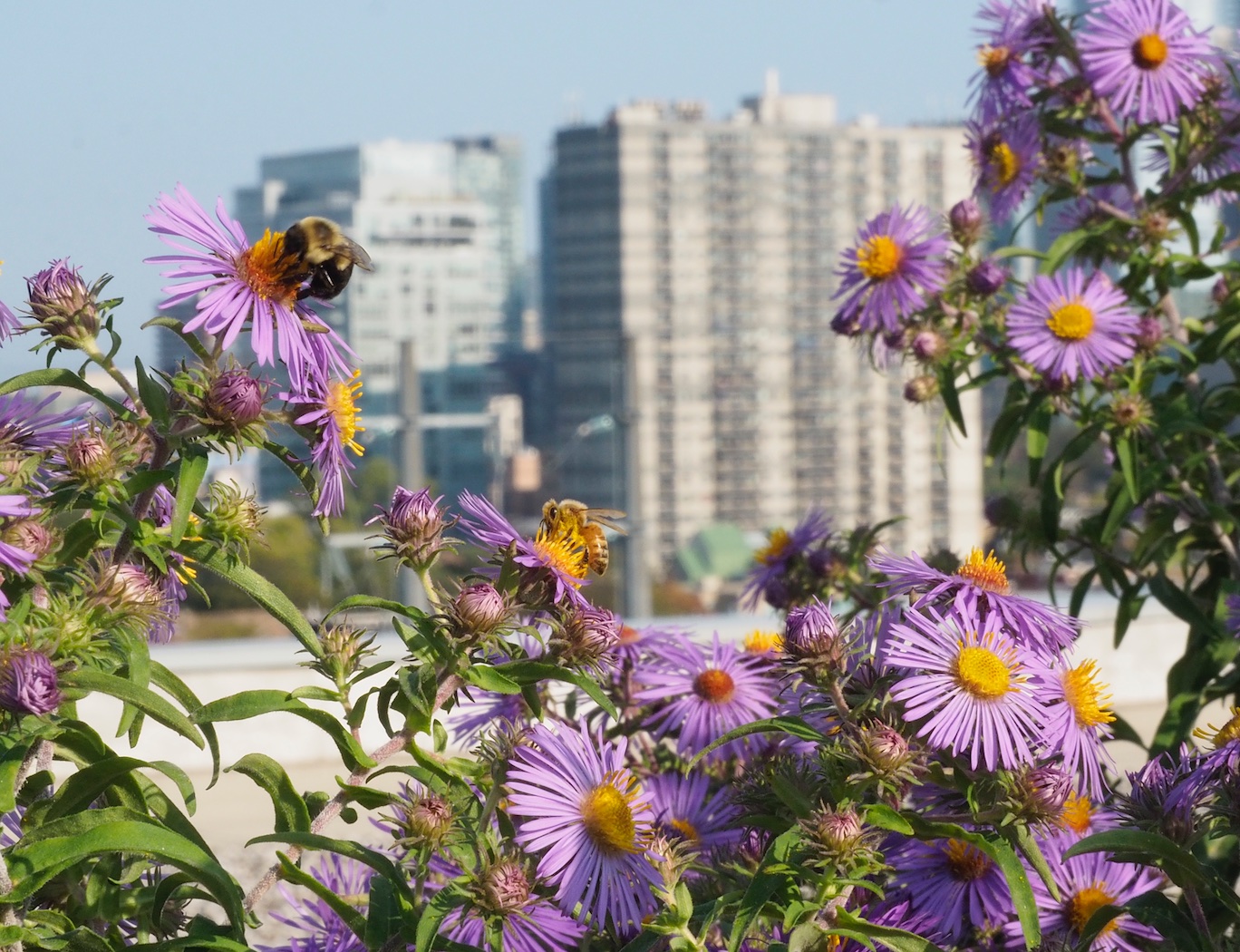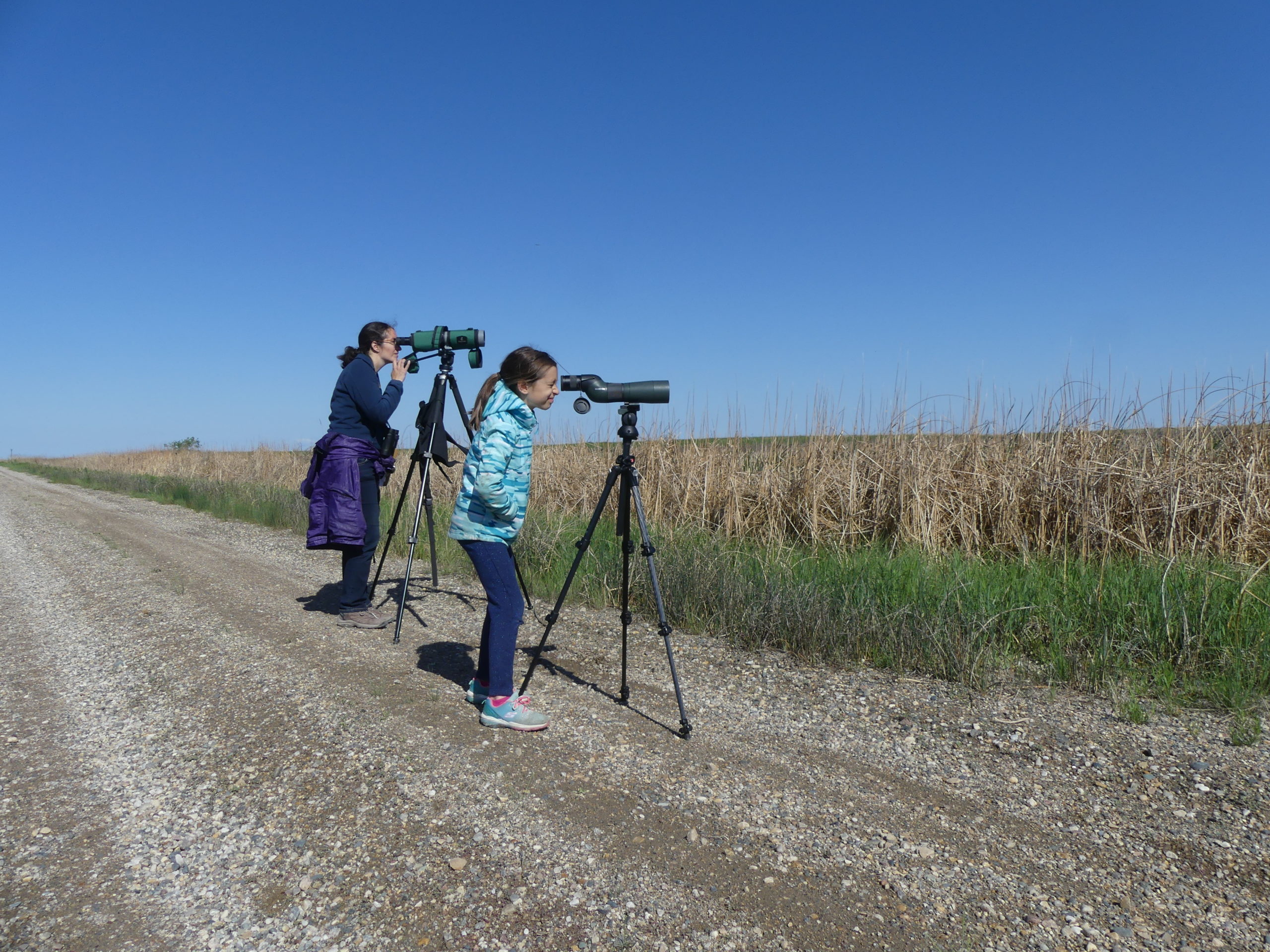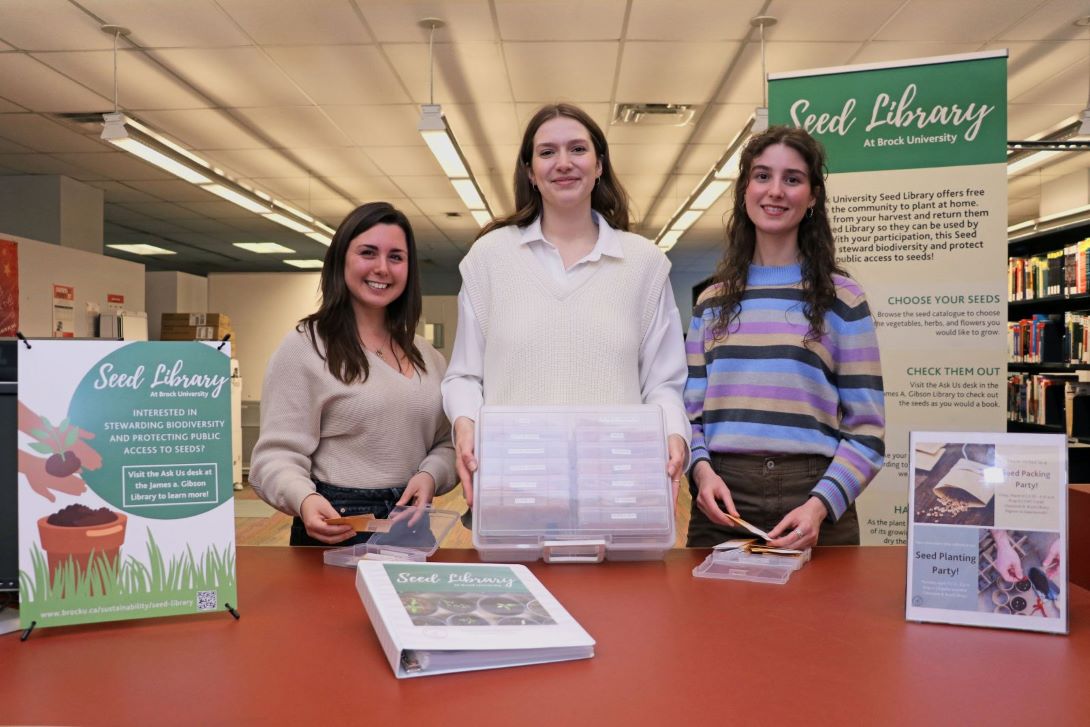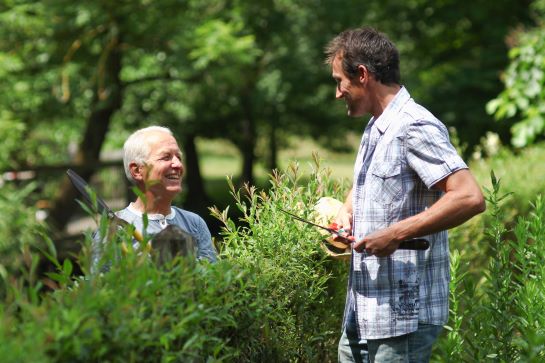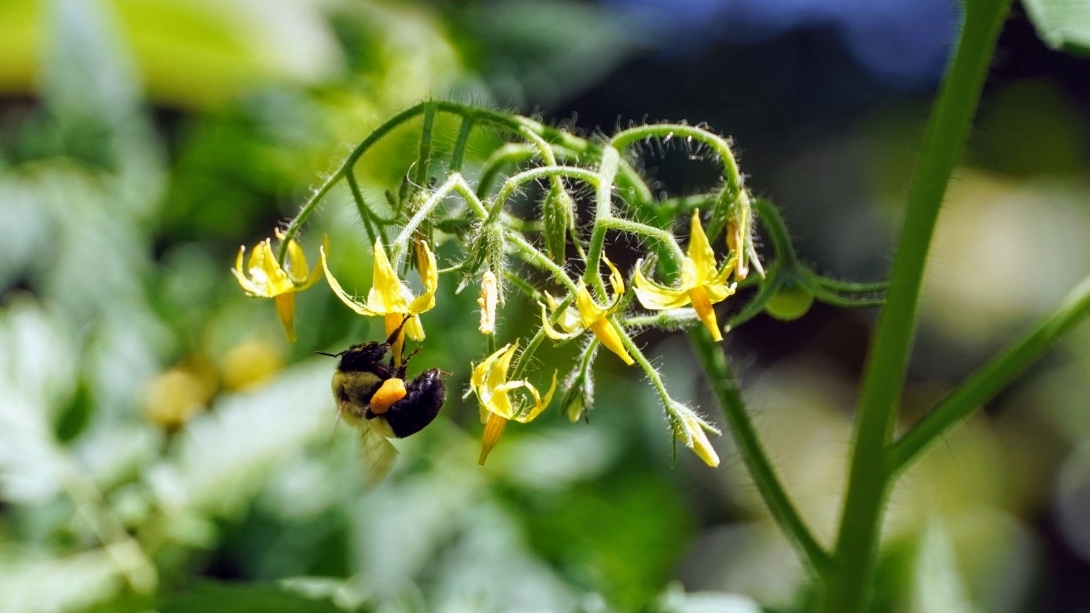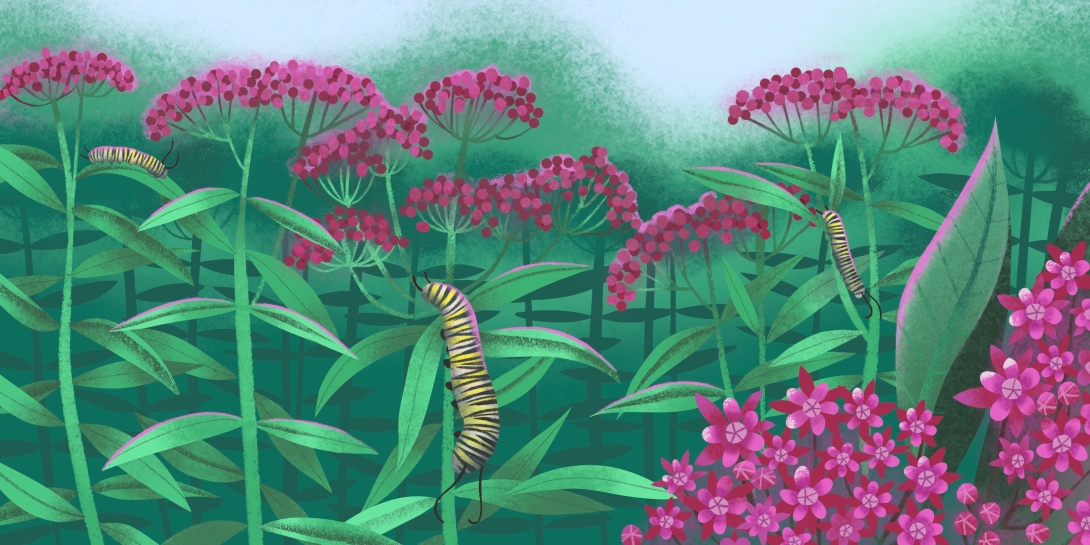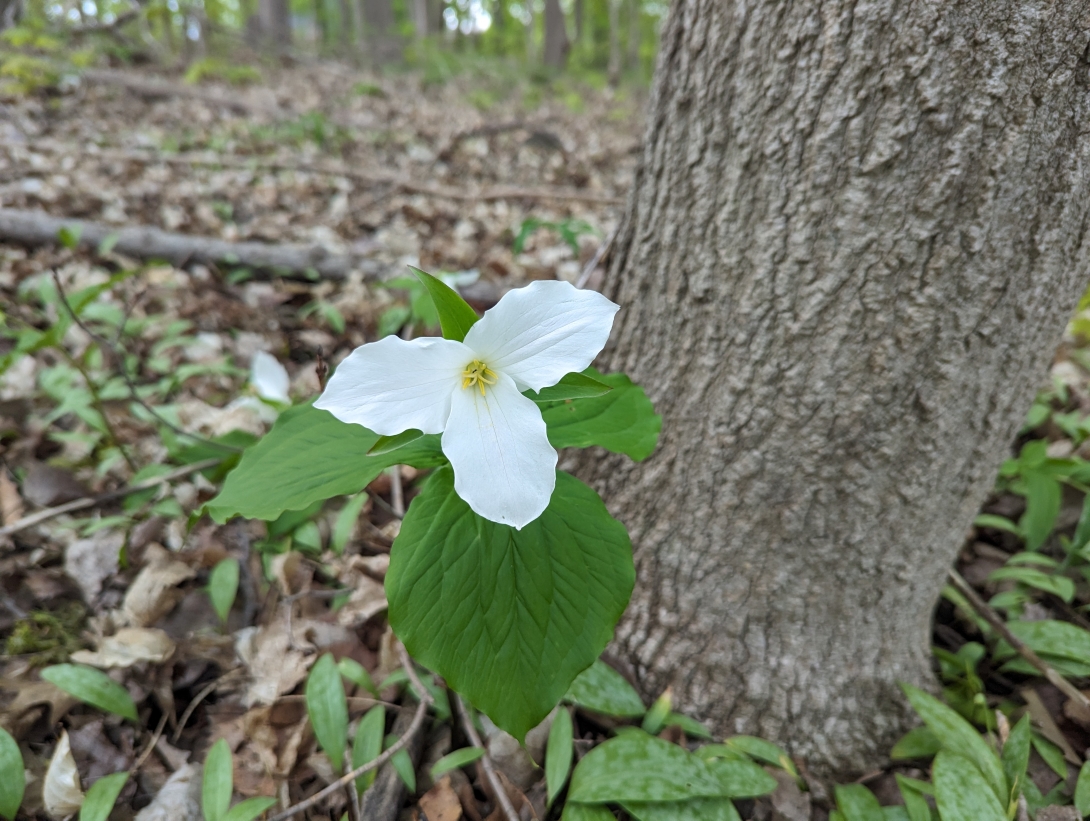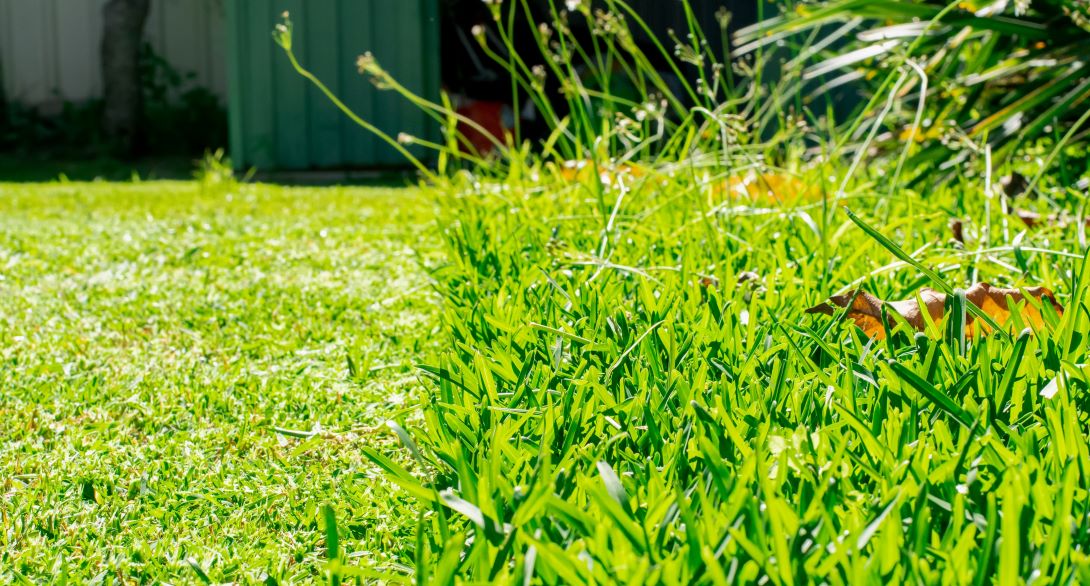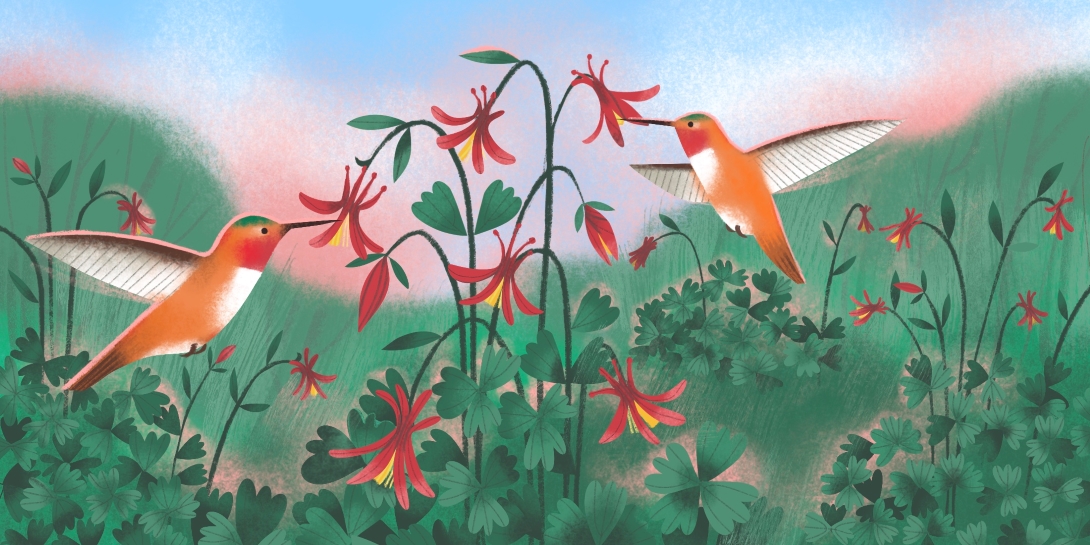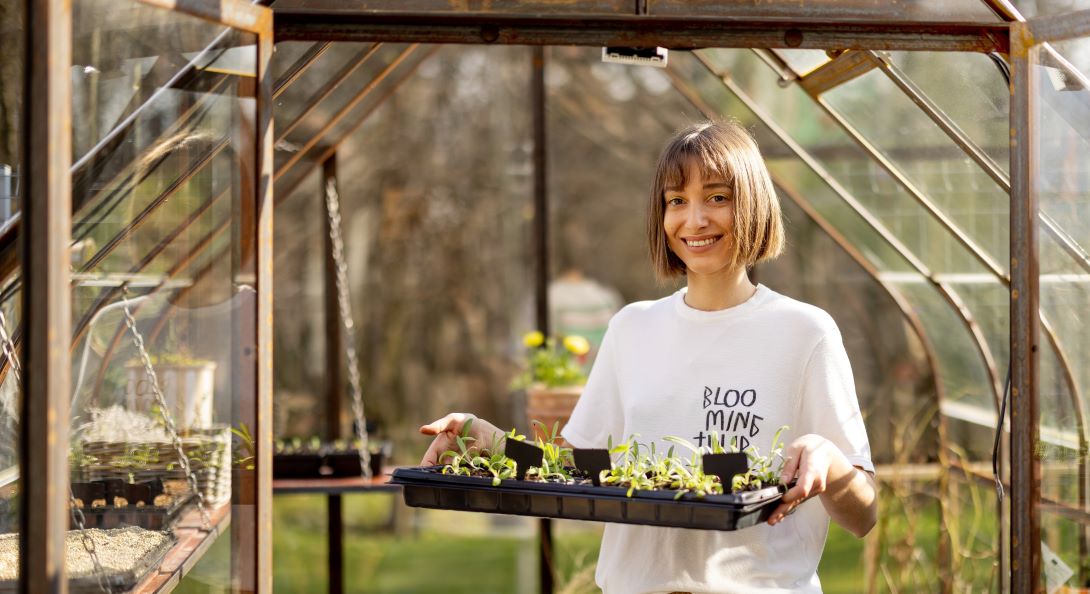Urban biodiversity refers to the variety of living organisms, including their genetic variations, as well as the multiplicity of habitats in and around dense human settlements. (MAMROT, 2013)
Biodiversity is a contraction of “biological diversity.” Biodiversity reflects the number, variety and variability of living organisms in an area. Biodiversity supports everything in nature that we need to survive: food, clean water, medicine, and shelter. As humans continue to put pressure on the planet, using and consuming more resources than ever before, we risk putting the Earth’s magnificent biodiversity at risk.

